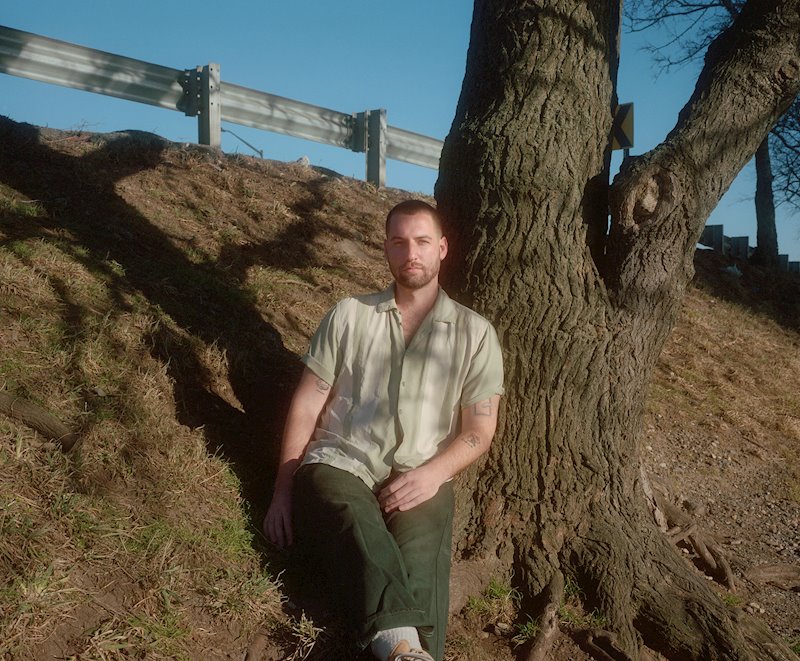During my time away from music writing in the early ’10s, I fell headlong into electronic music. I listened to all manner of DJs and producers making inventive dance music, even though I have never been a club person of any fashion. I liked how the music made me feel, and I eventually built up a vocabulary for and awareness of how those sounds were created.
But when I started writing album reviews again in 2015, I realized that talking about my emotional responses didn’t connect with readers. Describing an album had to be more than stringing together a handful of similar artists and zippy adjectives. Yes, each person’s response to art is subjective, but critics must do more than talk about how a piece of art fits their current mood. Thus, I had to improve my craft so readers could learn how the artist’s music made me feel a certain way rather than state what it made me feel.
Even then, an album comes along that actively encourages me to fall back on that approach. It asks me to sit still and just feel the music while also engaging in active listening. My body slows in hopes that my conscious and unconscious mind find greater opportunity to pay attention to what the artist has provided. By blocking out all other stimuli, only then can I absorb the energy of the songs.
And that’s exactly how I felt when listening to the music of Evan Zierk.

Released on Atlantic Rhythms, Endless Gesture delivers exacting, minimalist electronic art. The six-song album fuses the structured modalities of chamber music with the meditative palette of Suzanne Ciani. Zierk weaves together sumptuous layers of sound into intricate patterns with zero wasted notes. These taut compositions feel organic and playful on the surface. Yet, after you spend careful time with them, they slowly reveal their structure and intentional purpose.
This thoughtful melange of sounds features overt digital sourcing, traditional acoustic instrumentation, and digital tools rendered as acoustic effects. It consistently gave me very “forest meets seaside” vibes. The music would first generate the sensation of rustling leaves and whispering woods before a distant and persistent foghorn bellow slowly crept into my ears. Swathes of Delia Derbyshire and her spectral sci-fi soundtracks ring out to play in the various synths that serve as the outer edges of the pieces.
The album enchants as soon as “Cue’d Forever” hits my ears. A pulsing undercurrent guides the tune, even as dissonant synths and off-kilter drumming threaten discombobulation. The title track is also my favorite, as a trippy jazz saxophone and drums combo wail while a single piano note rings out at a ping-ponging tempo. “Lov” begins with a single plucked note high on the neck of acoustic bass, gently drawing your gaze. But it’s not long before subtle drums and washed synths enter the mix, causing the bass notes to meander.
Endless Gesture provided a delirious use of repetitive, relaxing rhythms that conjured up very naturalistic impressions for me.
I imagined Evan Zierk developing these materials while staring wistfully out the window or working amidst nature. Despite the randomness your ears think they detect when you treat these songs as background music, the undercarriage of this project pulses with detailed specificity.

The influence of modal and free jazz comes alive in the interplay of the bass rhythms and reed instruments. And if you aren’t careful, the tempo can slowly ebb away. That compels the listener to reach out for other connective tissues in the music, which further draws you into its mysterious flow. Endless Gesture is at once atavistic and avant-garde, primordial yet futuristic.
I wish I’d heard this album a decade ago. It would have helped me past dance-centered tunes to explore what producers could do with sound. While I can’t picture anyone dancing to these delicately powerful compositions, they did explore where electronic music might head next.


